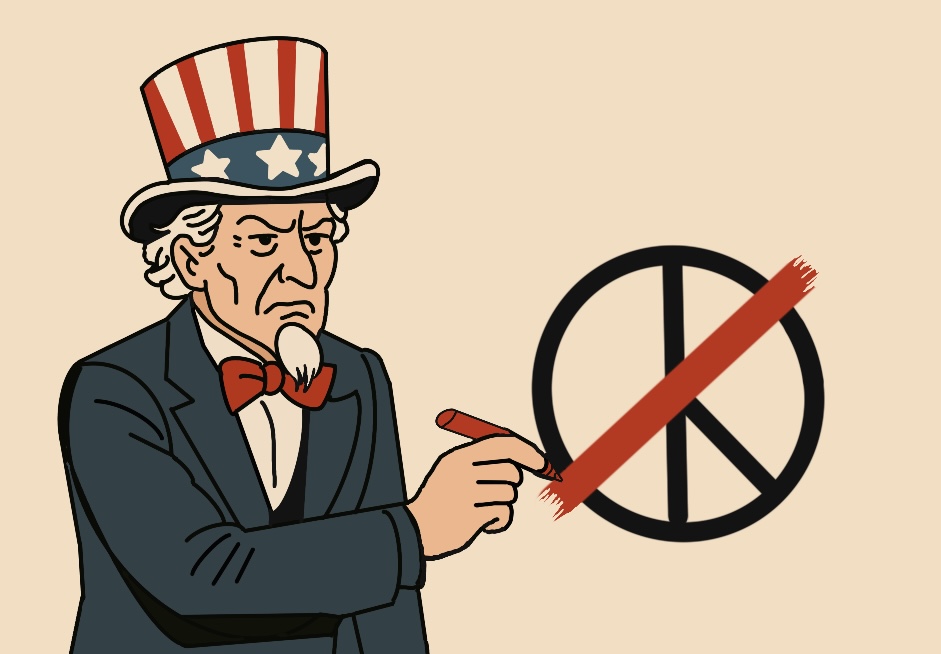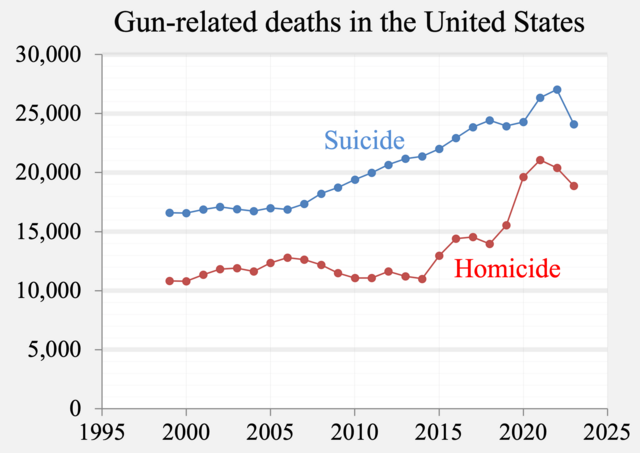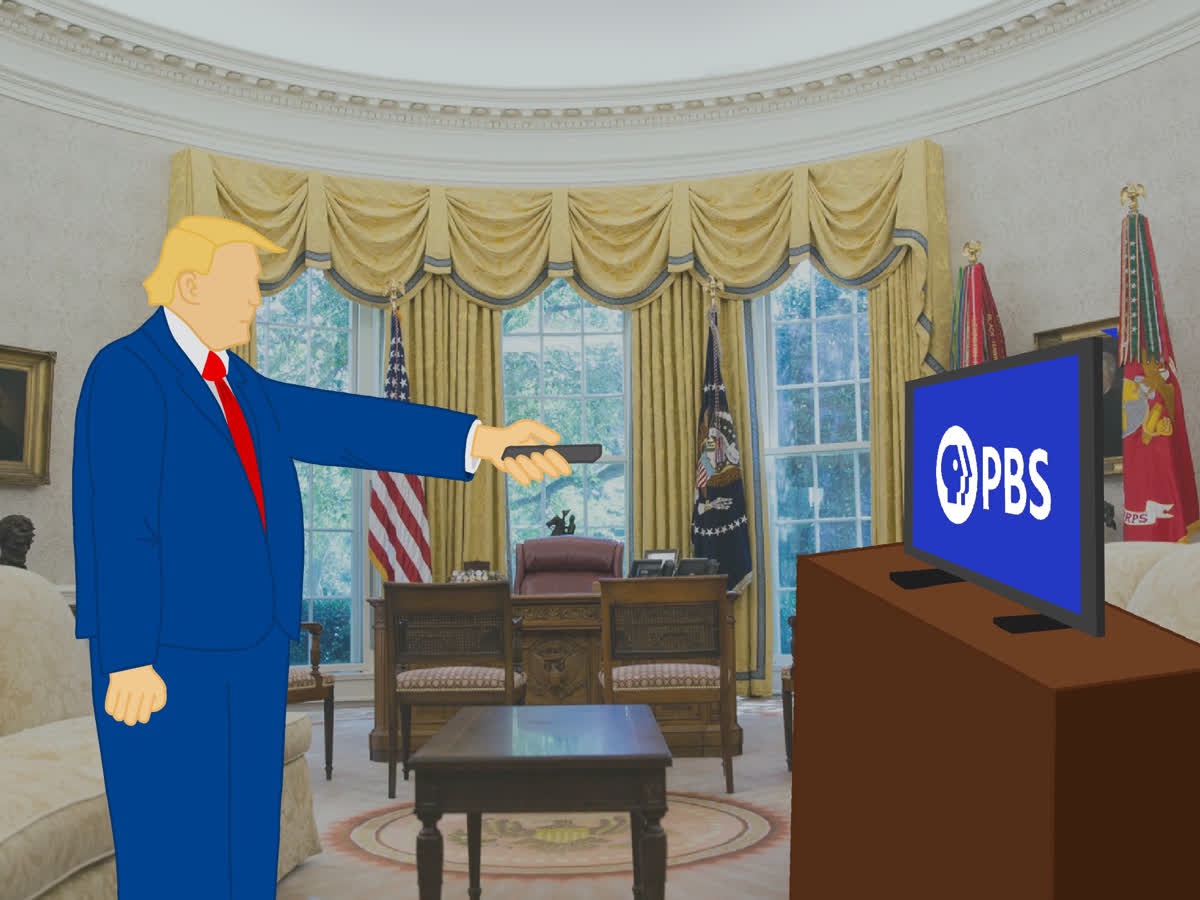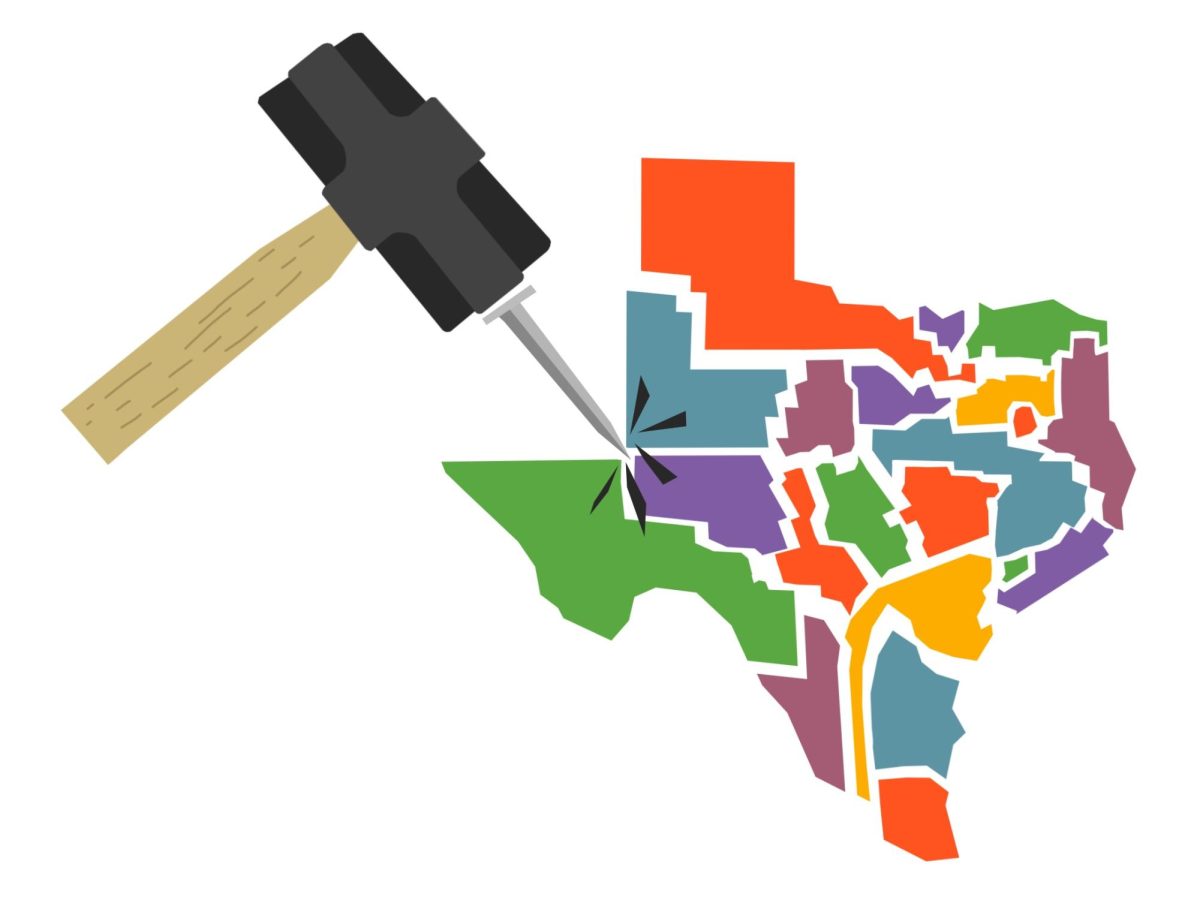You’ve never truly grown up until you’ve watched someone else have to. As a volunteer at Children’s Healthcare of Atlanta at Egleston, I was assigned to the cancer and blood disorder unit, where most of the patients are fighting for their lives. My job was to engage in activities with the patients so they could still be kids while in the hospital. Even though the patients in my unit were experiencing harsh and exhausting treatments, there were few dull moments or frowns in sight.
One day as I drew in princess coloring books with a little girl, a wig was delivered to her room. I looked to her not knowing what reaction to expect but was pleasantly surprised to see a huge smile on her face. In that moment I was inspired by her positive outlook when facing adversity, but was also struck with the jarring reality of her situation.
These kids are fighting the battle of their lives, but few in the financial realm seem to be fighting for them. According to the National Cancer Institute, we live in a nation where more children die of cancer than of any other disease, and only 4 percent of U.S. federal funding for cancer research goes to childhood cancer.
In addition, according to an article in the journal Molecular Cancer Therapeutics, pharmaceutical companies have dubbed childhood cancer unprofitable because of the enormity of adult cancer diagnoses compared to those of children. Not only is the process to bring a drug to the market timely and expensive, but the human trials required to get a drug FDA-approved are difficult to perform because of the rapid progression of childhood cancers and the smaller population of children with cancer.
The American Cancer Society approximated that 1.66 million people will be diagnosed with cancer in 2013; 11,630 will be children under the age of 15, making up 0.7 percent of all diagnoses in 2013. This may seem proportional to the funding, but the years children lose to cancer prove the funds insufficient.
According to the St. Baldrick’s Foundation, the average age of a child diagnosed with cancer is 6 years old; for an adult, 67. The average number of years an adult will lose to cancer is 15, but for a child, it is 71.
While working with pediatric patients, I learned that childhood cancer is a very different disease than adult cancer, no matter what type. When cancer forms in an adult, it is usually due to environmental or lifestyle factors. Cancer in a child most often forms due to gene changes within cells during childhood years or before birth.
Because children with cancer are in developmental stages of their lives, their responses to treatments differ from those of adults. Children can tolerate higher doses of chemotherapy and radiation but experience more harmful side effects than adults do. Some of these effects, called late effects, do not surface until later in life. They include learning disabilities, abnormal bone growth, heart problems, thyroid problems, lung, liver and kidney problems and an increased risk of developing cancer as an adult. Late effects are caused by damage to healthy cells due to chemotherapy and radiation treatments.
Working with the kids exposed me to the severity of their treatments and more importantly, taught me the strength of the human spirit. The little boy who taught me how to shoot hoops like LeBron was attached to an IV pole. Another boy whose energy was bouncing off the walls was confined to a wheelchair. The little girl who loved glue, paint and everything messy could not leave her bed. The baby who showed me how funny a funny face can really be celebrated her first half birthday in the hospital, and time will tell if she makes it to her first full birthday. I left knowing why the funding gap is a major concern to the pediatric community. While in the hospital, these kids endure more pain than most of us ever will in a lifetime. Their treatments should not be prolonged or made more difficult because the money isn’t there.






